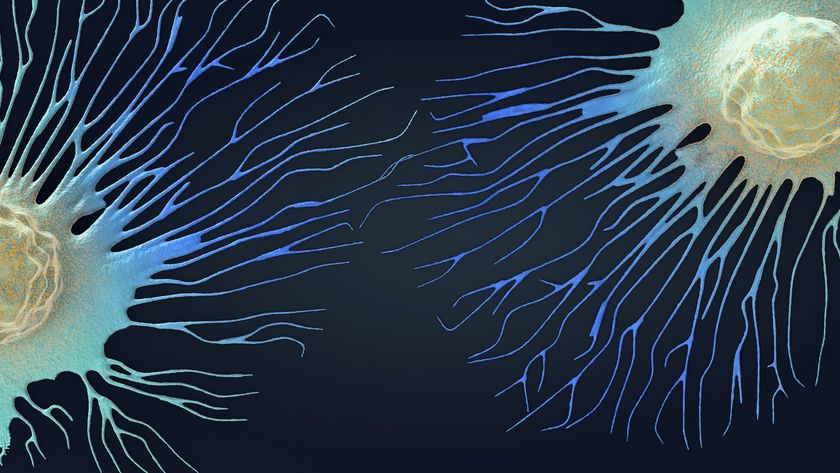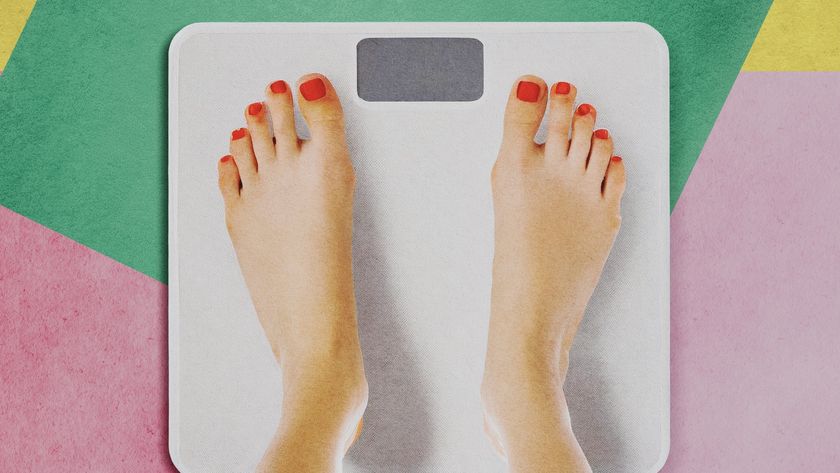Zicam Prompts Homeopathy's Day in Court
The U.S. Supreme Court heard oral arguments last week in a case involving Zicam, a homeopathic cold remedy pulled from the market in 2009 after the FDA warned that the product could lead to a permanent loss of smell.
But this isn't the kind of high-profile case supporters of evidence-based medicine have been waiting for: That is, a challenge to the 1938 law allowing homeopathic sugar pills to be sold as medicine without proof of safety or efficacy.
Quite to the contrary, the FDA warning and high court hearing about a homeopathic "side effect" inadvertently support the very false notion that homeopathic medicines actually do something, either good or bad, legitimatizing their effectiveness.
This is unfortunate because most homeopathic remedies are so utterly devoid of medicinal properties that side effects are rare, in the realm of a nocebo (a harmless substance that results in negative side effects due to a patient's negative expectations or other condition of the patient – the opposite of a placebo).
Zicam is an anomaly. Zicam actually contains something other than sugar, namely zinc; and zinc sprayed into your nose can do harm.
Grandfathered placebo
Homeopathy is legal in the United States only because a U.S. senator named Royal Copeland of New York, a homeopath, grandfathered these remedies into the Food, Drug and Cosmetic Act of 1938. This means that the homeopathic flu remedy — one part duck liver diluted in trillions upon trillions of gallons of water — can be sold to a largely unknowing public as if this were a tested therapy.
Sign up for the Live Science daily newsletter now
Get the world’s most fascinating discoveries delivered straight to your inbox.
This flu remedy is labeled 400X, homeopath-speak for creating a 10-percent solution (the "X") and cutting that by another 10 percent and so on another 398 times. There's not enough water in the solar system to accommodate this level of dilution. In fact, there's no active ingredient in the product, just sugar.
Zicam is only 2X, which is a 10-percent zinc gluconate solution diluted by another 10 percent, making it a 1-percent solution. This is quite real. A dose of Zicam contains over 100 microliters of solution, and 1 percent of that is zinc gluconate.
The non-medicine nondisclosure
The case before the Supreme Court pits angry investors against Zicam's maker, Matrixx Initiatives, who failed to disclose to investors' reports of anosmia, or a loss of smell. Matrixx maintains that Zicam doesn't cause anosmia and claims it didn't have to inform investors of side effects because such reports, in Matrixx's view, were unsubstantiated.
"For years many consumers would not purchase products from Procter & Gamble because of a ridiculous rumor that the company was Satanic," Matrixx stated in its Supreme Court brief. "But no decision of this Court bases securities law disclosure obligations on how ignorant or paranoid people might react to unreliable or even false information."
It is true that while P&G products such as Pringles are evil from a health perspective, the company isn't satanic. But it is not true that consumer complaints of anosmia — 130 to the FDA and more than 800 to Matrixx (unreported to the FDA) — were ridiculous or unreliable.
Zinc sulfate has been associated with anosmia since the 1930s and is used to purposely render laboratory rodents anosmic for experiments. Numerous recent studies on Zicam's ingredient, zinc gluconate, have found that it can do much the same.
These include a study published in 2009 in PLoS ONE with the damning title, "Zicam-Induced Damage to Mouse and Human Nasal Tissue," and a 2010 study in the journal Archives of Otorhinolaryngology Head and Neck Surgery in which the authors concluded "clinical, biological, and experimental data . . . demonstrate that intranasal zinc gluconate therapy causes hyposmia and anosmia."
What's homeopathic?
Sadly, none of this suggests that zinc sprays or lozenges even cure a cold. Studies have been mixed, with the majority lending no support for zinc-based cold therapy.
Meanwhile, pure homeopaths scoff at products such as Zicam, which are homeopathic in advertising only. Few "real" homeopathic remedies come at such high doses, and nasal injection is not an accepted homeopathic method.
Perhaps Zicam's co-inventor, Robert Steven Davidson, wasn't aware of this. According to a 2006 exposé in The Washington Post, Davidson received his Ph.D. from a now-defunct diploma mill in Spain before receiving a bachelor's degree from a virtual university in New York.
So from a homeopathic or anti-homeopathic viewpoint, Zicam smells fishy . . . unless you used the non-regulated Zicam and can no longer smell.
Christopher Wanjek is the author of the books "Bad Medicine" and "Food At Work." His column, Bad Medicine, appears regularly on LiveScience.

Christopher Wanjek is a Live Science contributor and a health and science writer. He is the author of three science books: Spacefarers (2020), Food at Work (2005) and Bad Medicine (2003). His "Food at Work" book and project, concerning workers' health, safety and productivity, was commissioned by the U.N.'s International Labor Organization. For Live Science, Christopher covers public health, nutrition and biology, and he has written extensively for The Washington Post and Sky & Telescope among others, as well as for the NASA Goddard Space Flight Center, where he was a senior writer. Christopher holds a Master of Health degree from Harvard School of Public Health and a degree in journalism from Temple University.


